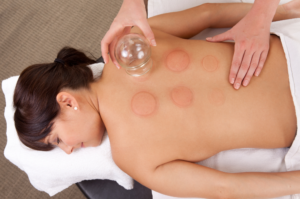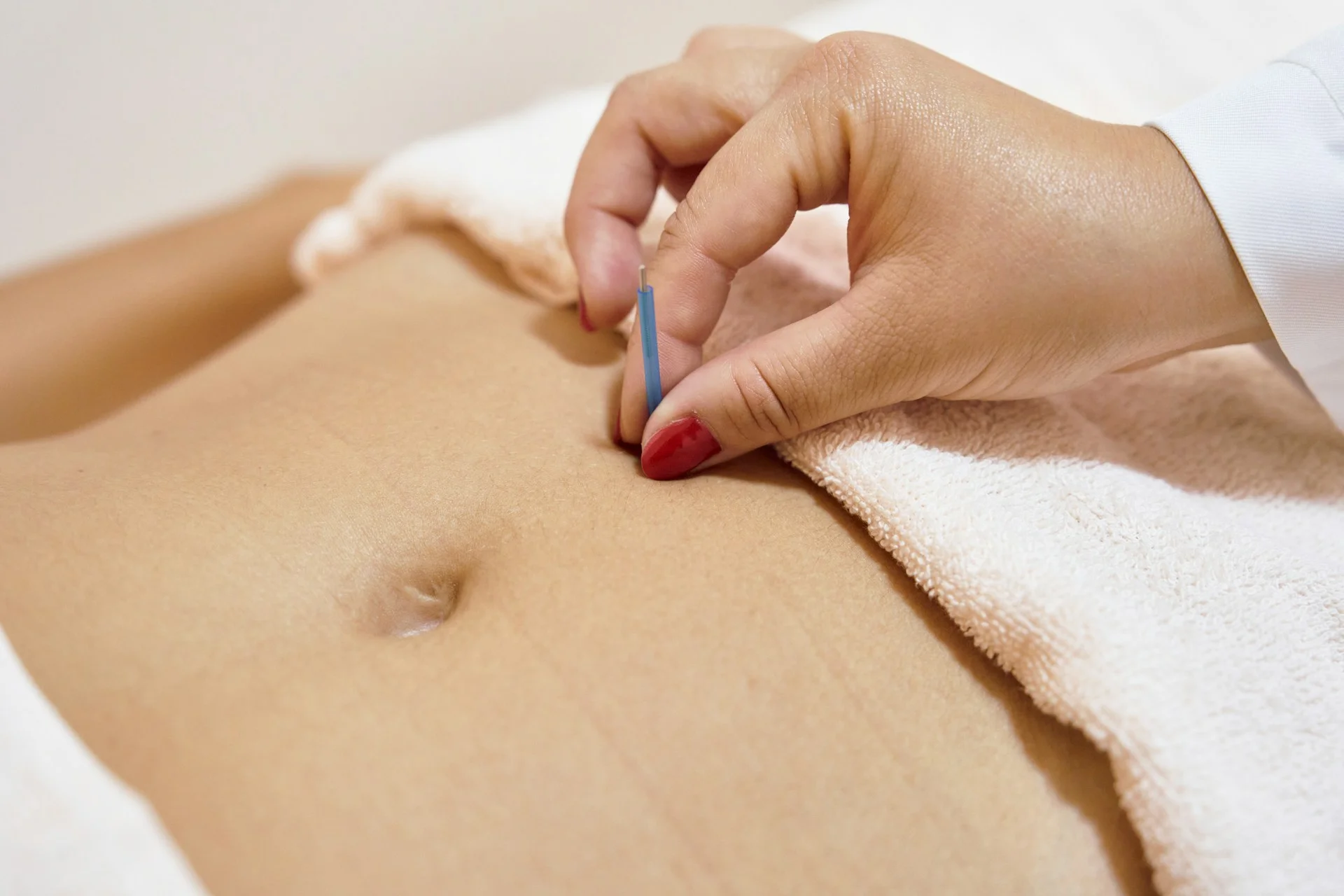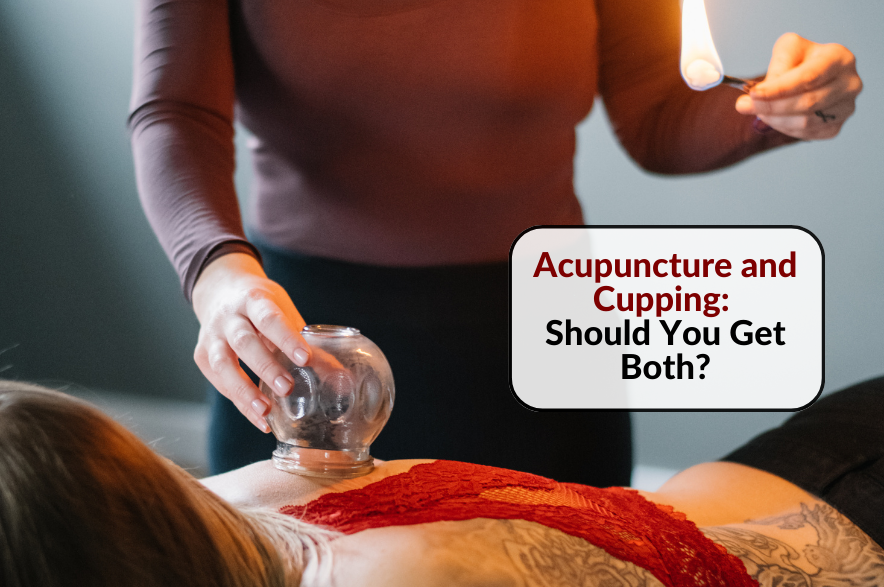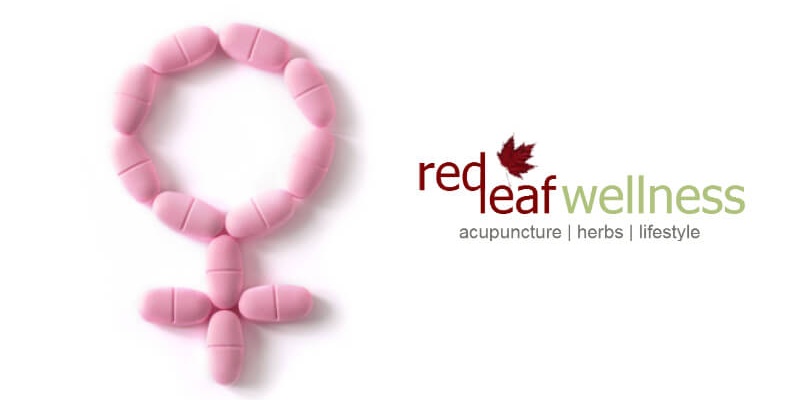Acupuncture and Cupping: Should You Get Both?
Acupuncture and Cupping: Should You Get Both?
Did you know that acupuncture has been practised for over 2,500 years and that cupping therapy dates back to ancient Egyptian and Chinese cultures as early as 1,550 B.C.? These two time-honoured treatments have stood the test of time and are still widely used today to promote health and well-being. But what makes these therapies so enduring, and should you consider integrating both into your wellness routine?
In this blog post, we’ll discuss acupuncture and cupping—exploring their origins, benefits, and how they work together to create a powerful healing experience. We’ll also address common concerns like the perceived dangers of cupping, “cupping therapy gone wrong” fears, and the possible disadvantages of acupuncture. Whether you’re new to these therapies or seeking to deepen your understanding, this post will provide valuable insights into acupuncture and cupping.
What Is Acupuncture and Cupping?
To fully appreciate the benefits of acupuncture and cupping, it’s important to understand the fundamentals of each therapy. Both practices are deeply rooted in Traditional Chinese Medicine (TCM) and are used to balance the body’s energy, promote healing, and address a wide range of health issues. Let’s explore how each therapy works and why they complement each other so effectively.
What Is Acupuncture?
Acupuncture involves the insertion of thin, sterile acupuncture needles into specific points on the body to stimulate energy flow, or Qi (pronounced ‘chee’). This ancient Chinese practice is widely used to treat various physical, mental, and emotional conditions. From chronic pain to anxiety, acupuncture offers a natural and effective way to restore balance in the body.
What Is Cupping?
Cupping, also rooted in Traditional Chinese Medicine (TCM), is a technique that involves placing cupping cups on the skin to create suction. This suction cup treatment is believed to enhance blood circulation, promote lymphatic drainage, and release toxins from the body.
Chinese cupping can be performed with different types of cups, including glass, silicone, and bamboo. The cupping treatment is often combined with acupuncture to provide a comprehensive healing experience.

How Does Cupping Work?
Cupping therapy works by creating negative pressure inside the cups, which lifts the skin and underlying tissues. This action increases blood flow to the area, promoting healing and relaxation. The process may leave temporary cupping marks or bruising cupping, which are often painless and indicate the release of toxins and stagnant blood.
The Benefits of Acupuncture and Cupping
The combination of acupuncture and cupping offers a holistic approach to health that targets both specific ailments and overall well-being. By working together, these therapies can address a wide range of physical and emotional issues, providing comprehensive care that goes beyond symptom relief.
Acupuncture and Cupping Treatment: A Powerful Combination
When combined, acupuncture and cupping offer a synergistic effect that enhances the benefits of each therapy. Acupuncture needles target specific points to stimulate Qi flow, while cupping focuses on larger areas, pulling blood and energy to the surface. This combination is particularly effective for treating musculoskeletal pain, stress, and chronic conditions.
Massage and Cupping: Enhancing Relaxation
Massage and cupping can be used together to provide a deeper, more therapeutic experience. The cupping massage benefits include loosening tight muscles, improving circulation, and promoting relaxation. Unlike traditional massage, cupping reaches deeper tissues, making it a highly effective treatment for chronic muscle tension.
What Does Cupping Therapy Do?
The primary benefits of cupping therapy include:
- Relaxing muscles: The vacuum pressure created by the cups helps relax tight muscles and fascia.
- Promoting circulation: Cupping increases blood flow to the affected areas, which is crucial for healing and tissue repair.
- Detoxifying the body: By drawing out toxins through the skin, cupping supports the body’s natural detoxification processes.
- Reducing stress: The calming effect of cupping on the nervous system can lower cortisol levels, helping to alleviate stress and anxiety.
Cupping Points and Techniques
Cupping can be applied to various cupping points on the body, depending on the condition being treated. Common areas include the back, neck, and shoulders. Techniques like wet cupping (involving controlled bleeding) and dry cupping (without bleeding) are used based on individual needs.
Myofascial Cupping Therapy
Myofascial cupping therapy is a specialised technique that targets the fascia, the connective tissue that surrounds muscles. This therapy is particularly effective for athletes and individuals with chronic pain, as it helps release tension and improve flexibility.
Common Concerns and Misconceptions
Despite the many benefits of acupuncture and cupping, there are some common concerns and misconceptions that patients may have. Understanding these issues can help you make informed decisions about your health and ensure that you receive the best possible care.
Dangers of Cupping and Acupuncture
While both acupuncture and cupping are generally safe, it’s essential to receive treatment from qualified practitioners. Concerns like cupping therapy gone wrong or the dangers of cupping usually arise when performed by untrained individuals. At Red Leaf Wellness, our team of licensed professionals ensures that all treatments are administered safely and effectively.
Cupping Treatment Side Effects

Common cupping treatment side effects include temporary cupping marks or bruises from cupping therapy. These marks are not harmful and typically fade within a few days.
How long do cupping marks last? The duration varies depending on the individual, but they usually disappear within a week.
Acupuncture Pros and Cons
While acupuncture offers numerous benefits, it’s important to be aware of the potential disadvantages of acupuncture. Some individuals may experience mild side effects, such as soreness at the needle sites or slight bleeding. However, these are generally rare and short-lived.
Does Cupping Work?
You might wonder, “does cupping work?” The answer is yes, for many people. Cupping has been shown to be effective in treating a variety of conditions, from muscle pain to respiratory issues. The key is to receive treatment from experienced practitioners who can tailor the therapy to your specific needs.
How to Prepare for Acupuncture and Cupping
Proper preparation is key to maximizing the benefits of acupuncture and cupping. By taking the right steps before and after your session, you can enhance the effectiveness of these therapies and ensure a more comfortable experience.
Before and After Cupping Therapy
To get the most out of your acupuncture and cupping sessions, it’s important to prepare properly. Before and after cupping therapy, ensure you are well-hydrated and have eaten a light meal. Avoid caffeine and alcohol, and wear loose, comfortable clothing. Post-treatment care includes staying warm, resting, and continuing to hydrate.
Cupping Treatment at Home: Is It Safe?
While it’s possible to perform cupping therapy at home using a cupping therapy machine or massage cups, we strongly recommend seeking professional guidance. Incorrect application can lead to the “cupping therapy gone wrong” scenario and may not provide the desired benefits.
Cupping and Acupuncture for Specific Conditions
Both acupuncture and cupping are versatile therapies that can be tailored to address specific health concerns. Whether you’re dealing with chronic pain, stress, or other conditions, these treatments offer targeted relief and support for your overall well-being.

Acupuncture and Cupping for Pain Management
Acupuncture and cupping are particularly effective for pain management. Whether you’re dealing with chronic back pain, arthritis, or muscle tension, these therapies can provide significant relief. Dry needling vs acupuncture is another option for targeted pain relief, particularly for trigger points in the muscles.
Cupping for Stress and Anxiety
The cupping massage benefits for stress and anxiety are well-documented. By reducing cortisol levels and calming the nervous system, cupping helps manage stress-related conditions and promotes relaxation.
Benefits of Cupping for the Face
Benefits of cupping the face include improved circulation, reduced puffiness, and a more radiant complexion. Facial cupping is a gentle and effective way to enhance your skincare routine.
Understanding Cupping Marks and Their Meaning
The cupping colours meaning can vary, with darker marks indicating higher levels of stagnation. Understanding these marks can provide insights into your body’s condition and the effectiveness of the treatment.
Choose a Holistic Approach to Wellness
In conclusion, acupuncture and cupping are powerful therapies that can work together to promote healing and overall well-being. Whether you’re seeking relief from chronic pain, stress, or other health concerns, these ancient practices offer a holistic approach to wellness. At Red Leaf Wellness in Edmonton, our team of experienced practitioners is dedicated to providing safe and effective treatments tailored to your unique needs.
Contact us at Red Leaf Wellness to inquire about our acupuncture and cupping services and details on how these therapies can benefit your health journey.





